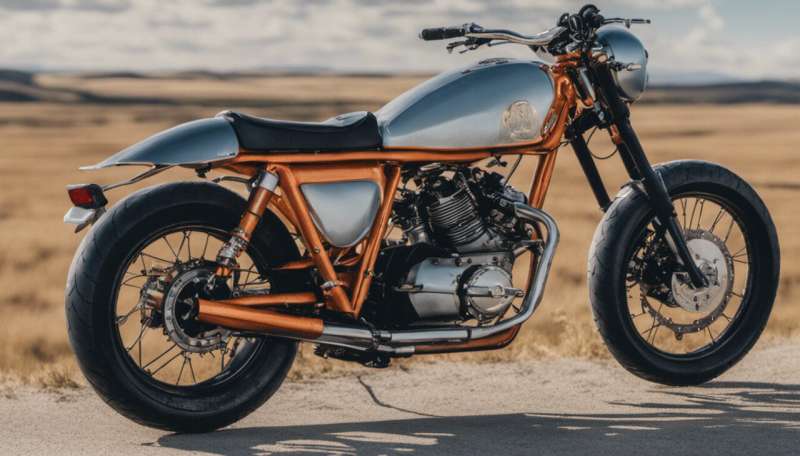Control unit motor system for human-powered bikes

A new initiative to fill the gap between bicycle and car is taking shape in the form of a super bike that offers several advantages to users. The technology can also be applied to scooters and skateboards.
Statistics have revealed that as many as 54 percent of people in the world live in cities and around half of them go to work by car. On one hand, this contributes to a staggering 40 percent of CO2 emissions in our atmosphere, and on the other, it exacerbates traffic problems. Unnecessary traffic is estimated to lead to as much as EUR 10 000 in terms of additional costs per person.
Commuting to work or school by bike can go a long way towards diminishing traffic jams, contributing to a cleaner city, making people healthier and bringing about more cost-effective transport. However, although biking is one of the most eco-friendly ways of getting around, it can be challenging for long trips and uphill rides, as well as those who are not very fit. A super bike, enhanced with high-tech equipment to overcome these challenges, could effectively bridge the gap between the bike and the car.
This was the mission of the EU-funded UDO project whose motto has been "to contribute to a sustainable and living city by extending the range of the human muscle to enable clean commuting." According to project manager Olof Hansson, "UDO is creating a new bike concept which aims to meet the shortcomings of both an ordinary bike and an electric bike in terms of usability for a commuter." He sees this as "an intelligent bike that will, if it becomes successful, add more bikers in urban areas."
Long range and low consumption
From a technical perspective, UDO developed a control unit-motor system to give support to wheels in human-powered vehicles, helping users accelerate and maintain higher speeds for longer. "We've tested the technology in a bicycle and in a kick-bike and found that it has very low energy consumption and a long range of up to 120 km," explains Hansson.
The success of these trials has laid the groundwork for industrial-scale production and worldwide commercialisation of the technology, promising many potential benefits to users. "UDO will make it easier for commuters to choose a bike instead of a car and make this a better choice not only for their own health but also for their pockets," reiterates Hansson.
Benefits to the environment and more
There is also an important environmental component to UDO, which aims directly towards lessening the overwhelming presence of cars in cities. "The technology will reduce pollution in urban areas and create a friendlier environment for people, thanks to the reduction of cars and greenhouse gas emissions," highlights Hansson.
UDO is an excellent example of a technology that provides benefits at all levels. "We think it is important to strive for a future where humans can meet and interact without adding costs to the climate or to individuals," says Hansson. "There are many win-win situations out there, it is just our mission to find them," he concludes.
More information: www.udobike.com/
Provided by CORDIS



















